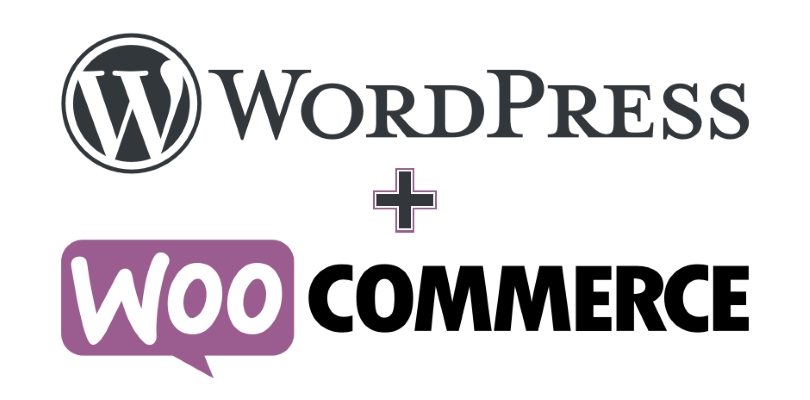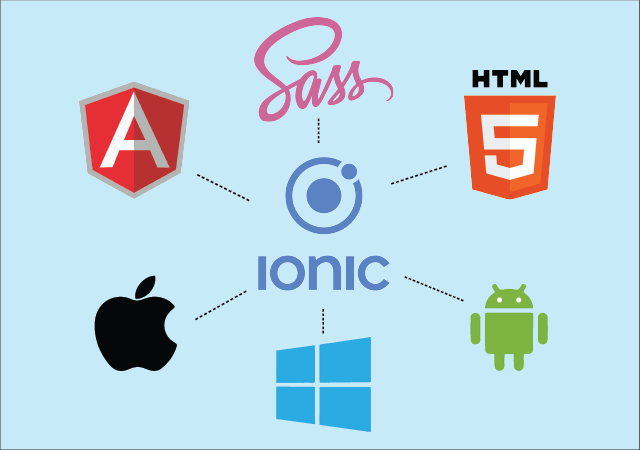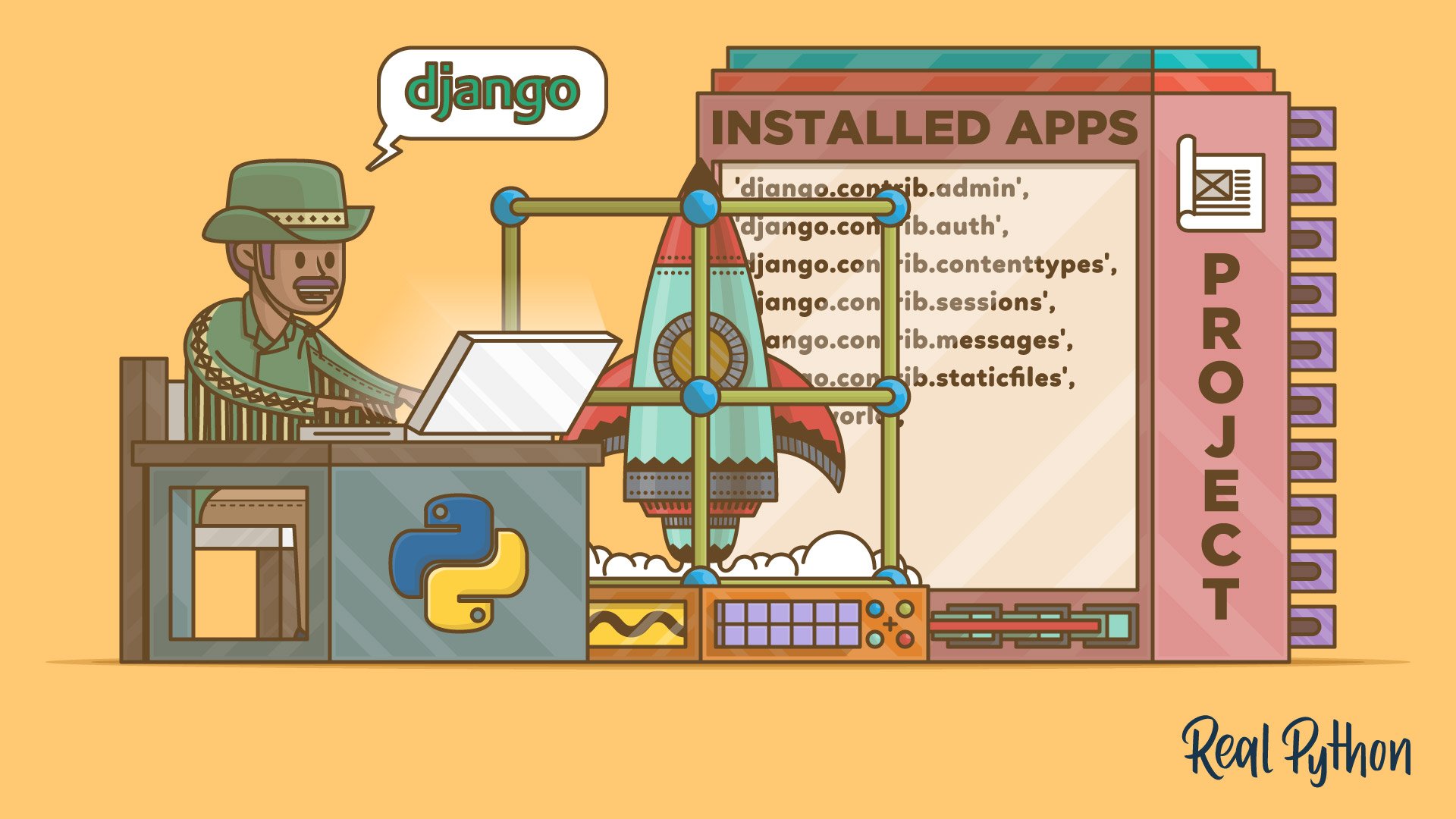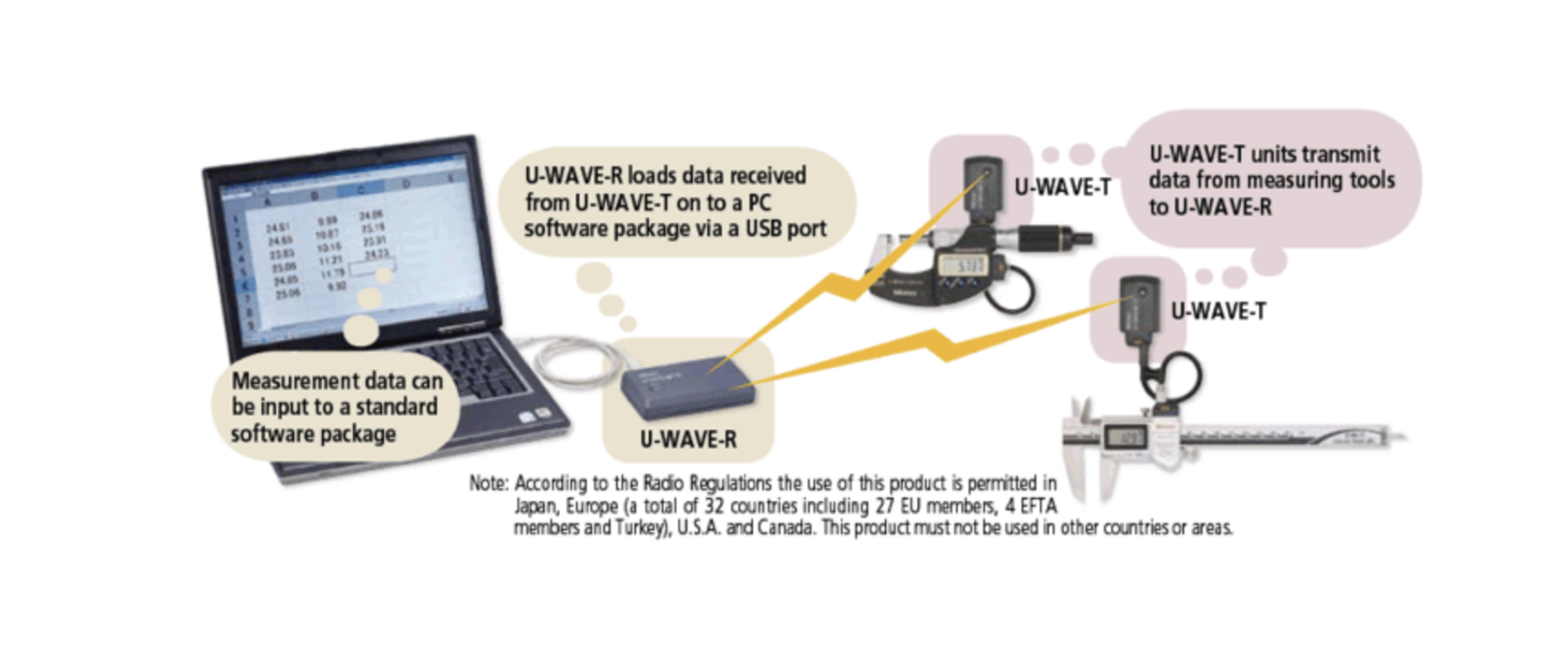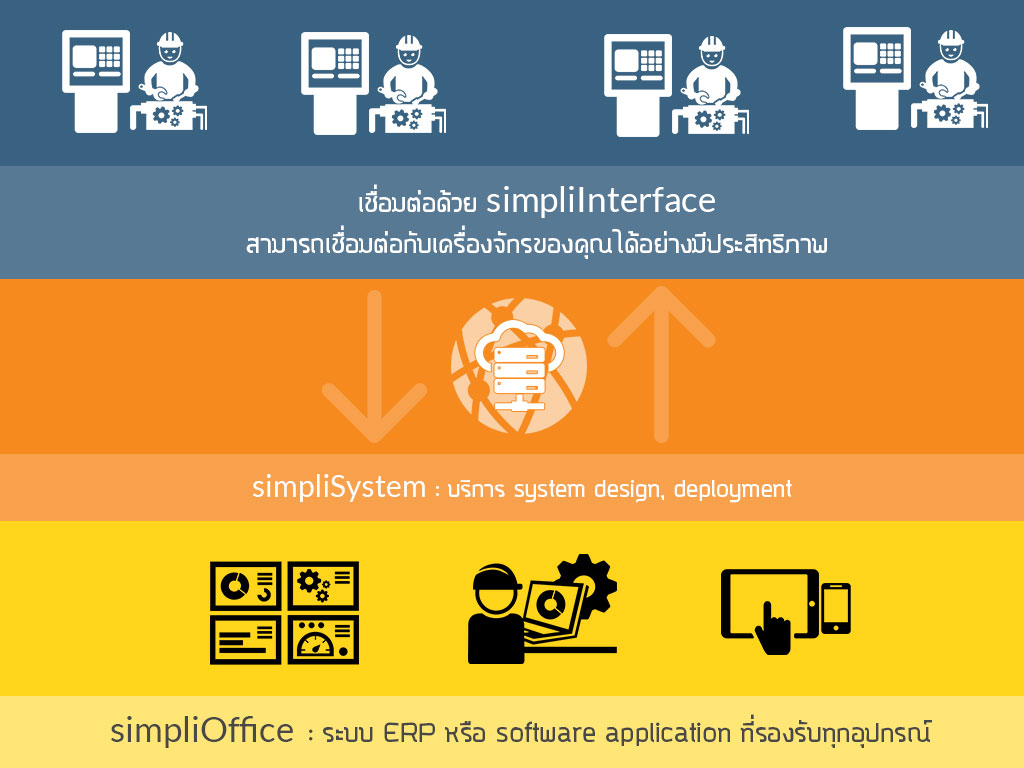Is ERP Suitable for Small and Medium-Sized Businesses (SMBs)?
When most people think about Enterprise Resource Planning (ERP) systems, they often associate them with large corporations managing complex operations. However, in today’s rapidly evolving business environment, ERP systems are no longer just for big enterprises. Small and medium-sized businesses (SMBs) are increasingly adopting ERP systems to streamline processes, improve efficiency, and scale effectively.
But the question remains: Is ERP really suitable for SMBs? The answer is a resounding yes! Here’s why.
1. Tailored Solutions for SMBs
Modern ERP systems are highly modular and scalable, making them suitable for businesses of all sizes. For SMBs:
- Start Small, Scale Later: You can begin with the essential modules like accounting, inventory, or sales and add more as your business grows.
- Cloud-Based Options: Many ERP systems offer affordable, cloud-based solutions with lower upfront costs, eliminating the need for expensive hardware.
Example:
A small retail business can start with inventory and point-of-sale (POS) modules and later integrate CRM and e-commerce as the business expands.
2. Efficiency and Automation
SMBs often face resource constraints and manual workflows that consume time and money. ERP systems provide:
- Automation: Automate repetitive tasks like invoicing, order processing, and inventory tracking.
- Centralized Data: Replace disconnected spreadsheets and systems with a unified platform, reducing errors and improving data accuracy.
Example:
A medium-sized manufacturing company can use an ERP system to track raw material usage, automate reordering, and generate real-time production reports.
3. Cost-Effectiveness
While ERP systems were once prohibitively expensive for SMBs, advancements in technology have made them more affordable. Key factors include:
- Lower Initial Costs: Cloud-based ERPs reduce upfront investment in hardware and IT infrastructure.
- Improved ROI: The cost savings from increased efficiency, reduced errors, and better decision-making often outweigh the implementation costs.
Example:
A small consultancy firm can reduce administrative overhead by using ERP to automate project management and financial reporting.
4. Improved Decision-Making
For SMBs, every decision counts. ERP systems provide:
- Real-Time Insights: Access accurate, real-time data to make informed decisions.
- Integrated Reporting: Consolidate financial, operational, and customer data into comprehensive reports.
Example:
A growing wholesale distributor can use ERP analytics to identify the most profitable products and optimize inventory levels.
5. Enhanced Customer Experience
SMBs can compete with larger businesses by offering exceptional customer experiences. ERP systems help by:
- Personalized Service: Integrate CRM tools to manage customer interactions and preferences.
- Faster Response Times: Streamline order processing and improve delivery accuracy.
Example:
An SMB in the e-commerce space can use ERP to track orders, manage customer inquiries, and ensure timely shipping.
6. Adaptability and Growth
SMBs often face rapid changes in market demand and competition. ERP systems provide the flexibility needed to:
- Support Growth: Scale up by adding users, modules, or even new business units.
- Adapt to Change: Quickly respond to changes in regulations, market conditions, or customer preferences.
Example:
A medium-sized export company can expand into international markets by leveraging ERP for multi-currency transactions and compliance reporting.
7. Overcoming Common SMB Concerns
Despite the benefits, some SMBs hesitate to adopt ERP systems due to perceived challenges:
- Cost: Cloud-based ERP solutions and subscription models make ERP affordable.
- Complexity: Modern ERP interfaces are user-friendly and designed with SMBs in mind.
- Implementation Time: With proper planning and an experienced partner, SMBs can implement ERP systems in weeks, not months.
Final Thoughts: Why ERP Is a Smart Choice for SMBs
ERP systems are no longer a luxury exclusive to large enterprises. For SMBs, they have become an essential tool to stay competitive in an increasingly complex business environment. By automating processes, providing real-time insights, and offering scalability, ERP systems enable SMBs to operate more efficiently and grow with confidence.
If you’re an SMB considering ERP, start by assessing your business needs and exploring solutions tailored for smaller operations. With the right ERP system, your business can unlock its full potential and thrive in today’s dynamic marketplace.
Ready to transform your SMB with ERP? Contact us today to learn more or schedule a demo!
Get in Touch with us
Related Posts
- Temporal × 本地大模型 × Robot Framework 面向中国企业的可靠业务自动化架构实践
- Building Reliable Office Automation with Temporal, Local LLMs, and Robot Framework
- RPA + AI: 为什么没有“智能”的自动化一定失败, 而没有“治理”的智能同样不可落地
- RPA + AI: Why Automation Fails Without Intelligence — and Intelligence Fails Without Control
- Simulating Border Conflict and Proxy War
- 先解决“检索与访问”问题 重塑高校图书馆战略价值的最快路径
- Fix Discovery & Access First: The Fastest Way to Restore the University Library’s Strategic Value
- 我们正在开发一个连接工厂与再生资源企业的废料交易平台
- We’re Building a Better Way for Factories and Recyclers to Trade Scrap
- 如何使用 Python 开发 MES(制造执行系统) —— 面向中国制造企业的实用指南
- How to Develop a Manufacturing Execution System (MES) with Python
- MES、ERP 与 SCADA 的区别与边界 —— 制造业系统角色与连接关系详解
- MES vs ERP vs SCADA: Roles and Boundaries Explained
- 为什么学习软件开发如此“痛苦” ——以及真正有效的解决方法
- Why Learning Software Development Feels So Painful — and How to Fix It
- 企业最终会选择哪种 AI:GPT 风格,还是 Gemini 风格?
- What Enterprises Will Choose: GPT-Style AI or Gemini-Style AI?
- GPT-5.2 在哪些真实业务场景中明显优于 GPT-5.1
- Top Real-World Use Cases Where GPT-5.2 Shines Over GPT-5.1
- ChatGPT 5.2 与 5.1 的区别 —— 用通俗类比来理解





